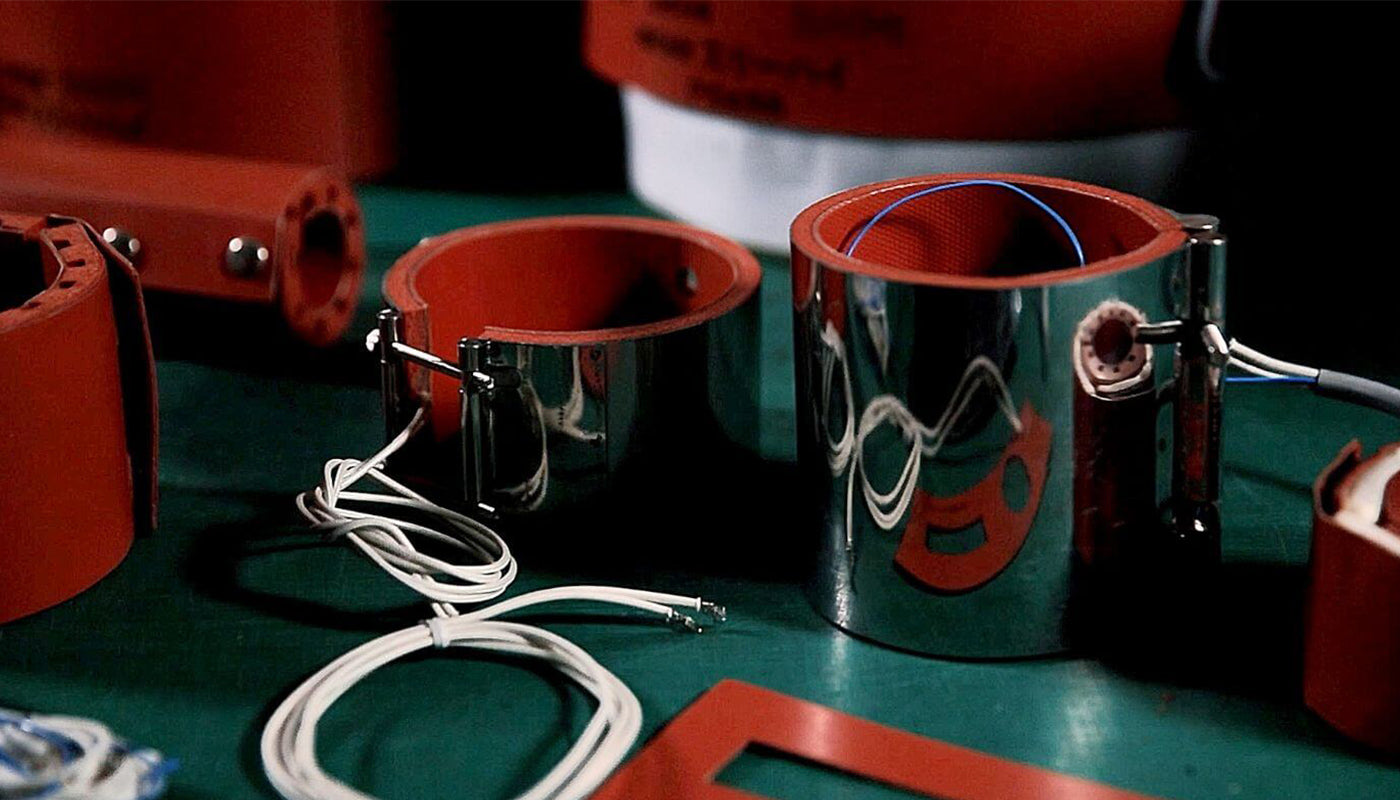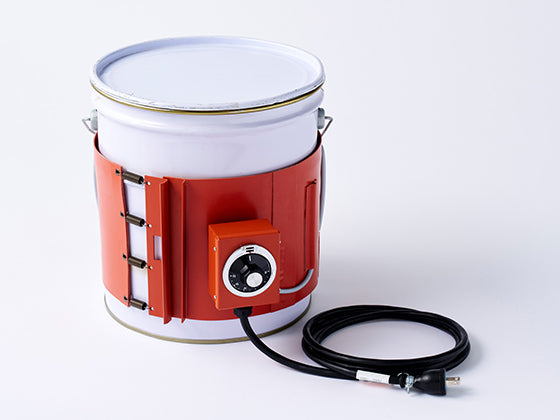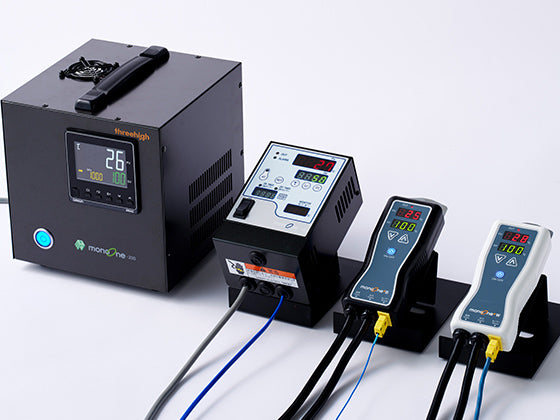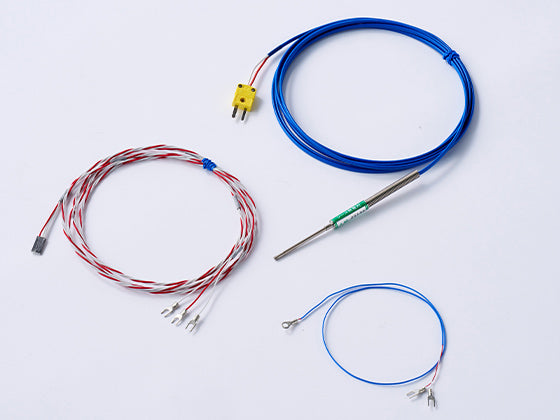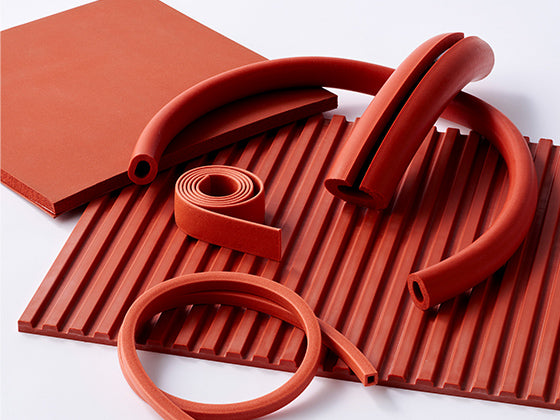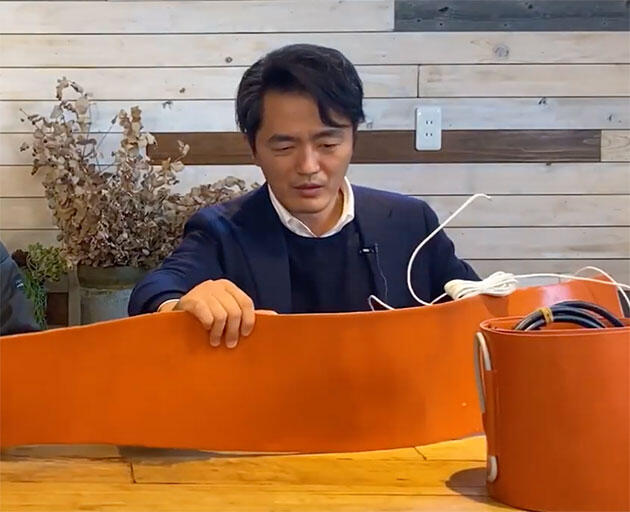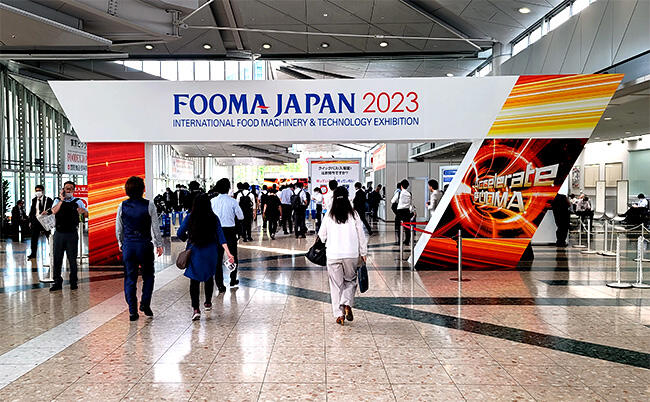In establishments like restaurants and food processing factories, a substantial amount of food waste needs to be disposed of. When aiming to manage this waste on-site, commercial food waste disposal machines come into play. There are various types of these machines based on the treatment method, and all of them incorporate heaters. To provide valuable insight into the world of commercial food waste disposal machines, we will delve into the process of heating through food waste and the role of heaters.
In the food and beverage industry, there is a growing interest in food waste disposal machines from an environmental and SDGs perspective.
A food waste disposal machine is a device designed to process and reduce the waste from perishable food items and scraps, commonly referred to as "food waste." This technology involves mixing with microorganisms or enzymes to break down waste into compost, or applying heat to evaporate moisture and reduce the volume of the food waste itself.
The processed compost can be reused for cultivating plants and agricultural produce. Additionally, dehydrated food waste, after undergoing proper treatment, can also be buried underground. In either case, this contributes to reducing municipal waste collection for combustible materials.

Businesses operating in the food and beverage industry, including restaurants and food processing establishments, handle a substantial amount of ingredients on a daily basis. In doing so, they inevitably generate a significant volume of food waste that requires disposal.

Recently, there has been a growing focus on efforts by companies to reduce waste and engage in environmental recycling. Furthermore, an increasing number of companies are becoming aware of the Sustainable Development Goals (SDGs). Within these SDGs, there is an emphasis on "ensuring sustainable consumption and production patterns," and this has led to heightened interest among businesses in food waste disposal.
Heaters play a significant role in commercial food waste disposal machines.
There are three primary types of commercial food waste disposal machines: bio-type, drying-type, and carbonization-type. Heaters are utilized in each of these methods. Let's delve into the different types of commercial food waste disposal machines and the role of heaters.
Bio-type: The bio-type involves breaking down food waste using microorganisms to transform it into water, carbon dioxide, and organic compost. By placing a mixture of waste and a substrate containing decomposing microorganisms (referred to as a biochip) into a container and stirring, water and carbon dioxide are produced, while the remaining material turns into organic compost.
One drawback of the bio-type is that it's challenging for microorganisms to proliferate when dealing with high moisture content in the waste. To address this limitation, some machines come equipped with heaters. When handling moisture-rich waste, the container can be heated using the heater to reduce the moisture content, creating a more favorable environment for microorganism growth.
Drying-type: The drying-type method involves using hot air to dry the food waste, evaporating its moisture content and reducing its size. The resulting waste can be transformed into compost, although in smaller quantities compared to the bio-type. The primary goal here is waste reduction and disposal; reuse of the processed material is secondary.
Heaters are used to generate the hot air required for the drying process. The heated air not only aids in moisture removal but also plays a role in sterilizing or deactivating bacteria and pathogens.
Carbonization-type: This method is unique to commercial food waste disposal machines and involves transforming food waste into charcoal through high-temperature carbonization. It's similar to the process of converting wood into charcoal through pyrolysis. Unlike incineration, which involves burning waste, this process uses steam and heat treatment. The carbonization-type offers greater waste reduction compared to the drying-type. The resulting charcoal can be reused as fuel.
Heaters serve as the heat source for the carbonization process. Given the need for high temperatures, high-temperature heaters are used.
In conclusion, each type of commercial food waste disposal machine - bio-type, drying-type, and carbonization-type - employs heaters to facilitate its unique waste processing method. These heaters play a crucial role in creating optimal conditions for waste breakdown, moisture removal, and thermal treatment, contributing to efficient waste management and sustainable practices.
Designing suitable heaters for various types of food waste disposal machines, contributing to the SDGs.
Our company has been dedicated to the design and manufacturing of heaters for commercial food waste disposal machines. With our track record, we aim to continue accepting orders in this domain. Drawing from our past achievements, we take pride in our ability to meet the demands for custom-designed heaters that are optimal for specialized food waste disposal machines.
Our range of heater products covers various needs, ranging from medium to high-temperature heaters for moisture removal, to high-temperature heaters required for carbonization. Moreover, we handle the entire process from understanding specifications to heater design, fabrication, and delivery, all within our own facilities. We are well-equipped to accommodate not only bulk orders but also individual requests. Our adaptability allows us to effectively address the unique requirements of commercial applications.
In parallel, our company is actively committed to the Sustainable Development Goals (SDGs) within our organization. As part of our efforts, we are also dedicated to promoting our engagement with the SDGs.
Reference: ThreeHigh's Initiatives towards SDGs
One of the goals within the SDGs is "Responsible Consumption and Production," which aims to prevent, reduce, and recycle/reuse waste to significantly decrease the amount of waste generated by 2030. With a commitment to achieving this SDGs goal, all of our employees in the local factory are eager to take action. In addition to managing organic waste, we also utilize biomass energy in the heating sector. If you are interested in heaters designed with eco-friendly and environmentally recyclable materials, please feel free to reach out to us for inquiries.
